6 Reasons to Buy New Monitors
Are you unhappy with your mixes? Does your bass sound flabby? Is your treble hissy? Are you missing some mids? You may well need a new set of monitors. Here, we run through six reasons to upgrade – and next month, how to upgrade… Before we give you half a dozen very good reasons why […]
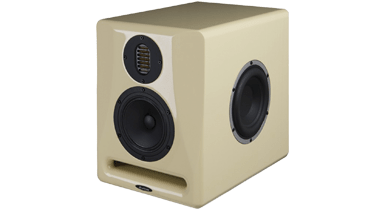
Are you unhappy with your mixes? Does your bass sound flabby? Is your treble hissy? Are you missing some mids? You may well need a new set of monitors. Here, we run through six reasons to upgrade – and next month, how to upgrade…
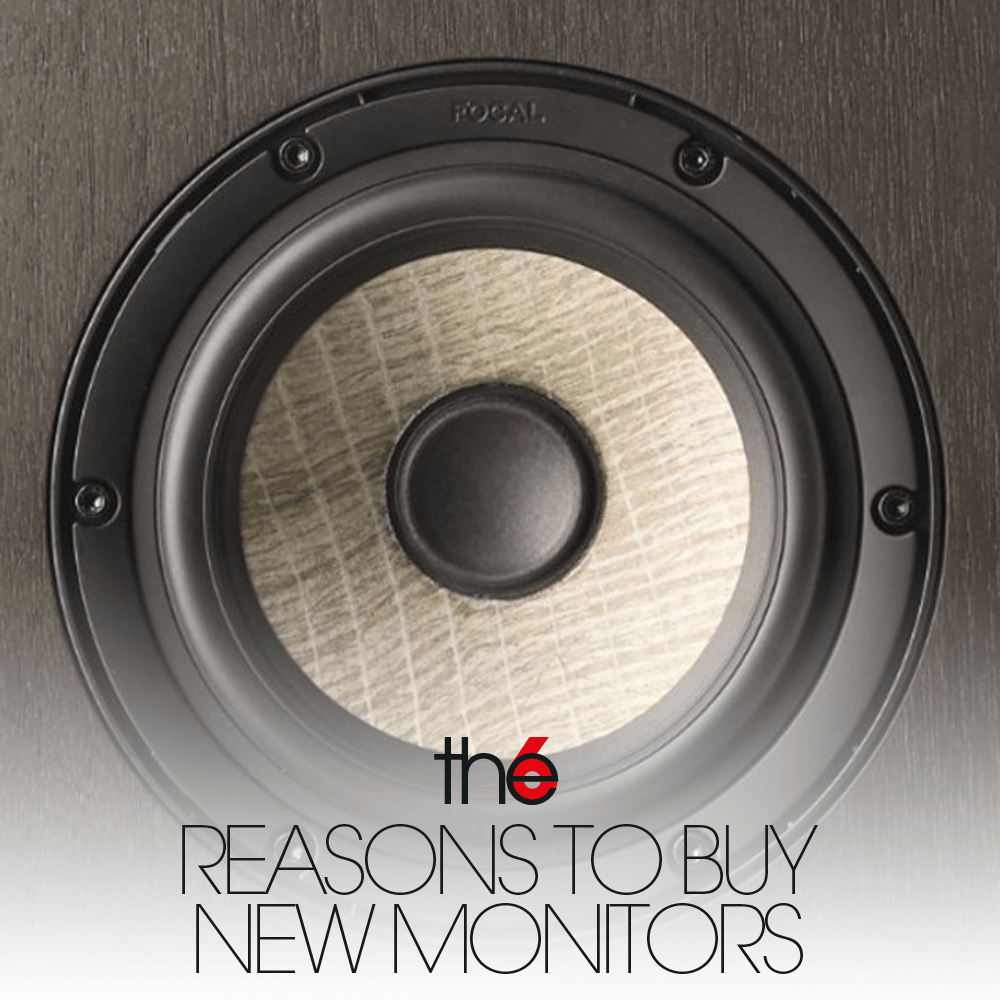
Before we give you half a dozen very good reasons why you should upgrade, a line of warning, a caveat if you will. Don’t, where possible, upgrade your studio monitors. If you know and love your speakers and understand their quirks, their sound and their intimate frequencies, then you’re probably best off keeping them, because knowing your monitors is the key to getting an accurate mix.
If you know they’re delivering a couple-of-dB too much at the bass end, for example, then you’ll know to compensate. Your slightly ropey relationship with your monitors is perhaps like a dodgy working relationship: sometimes it’s ‘better the devil you know’. However…
There are some very good reasons to change or upgrade. And because – aside from acoustics – your monitors are the most important aspect of your studio, then getting it right and proper is your most important task. Next month we’ll be looking at six things you’ll need to consider as you go about buying your studio monitors, but logically, before that, let’s give you six reasons to go to the shops in the first place.
1. You’re lacking bass, so you have too much bass
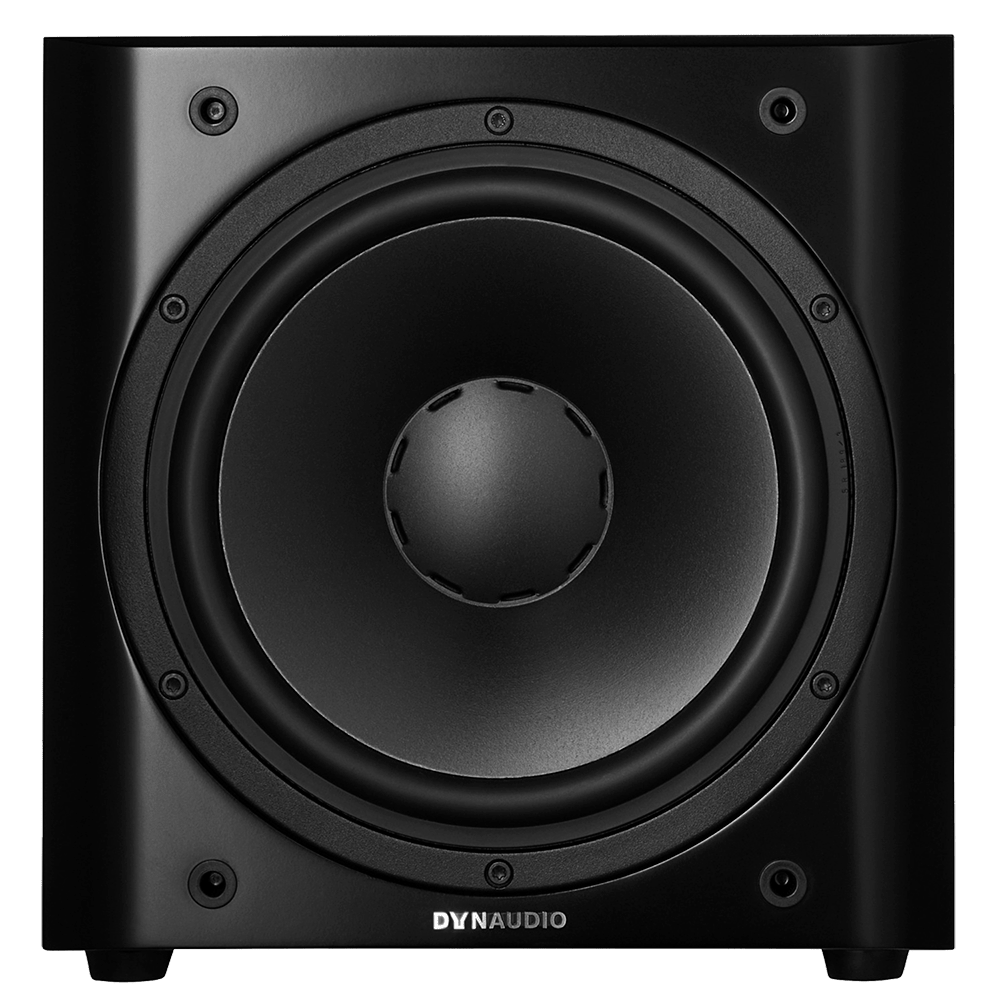
Small and cheap monitors very often do not deliver in the low Hz; they don’t give you the bottom you require. If you’re monitoring on small cans, you’re probably lacking bass and over compensating at the mix stage, so that your mixes actually sound bass-heavy where it matters: on someone else’s system. Larger monitors or (sadly) more expensive monitors will give you a truer, flatter response – this results in an ability to judge the correct amount of bass you need when you are mixing and better results all round.
However, even a lack of bass in your current monitors might not be fatal – consider a subwoofer to extend those bass frequencies. We’ve looked at several models recently from KRK, Dynaudio and more, and investigating the addition of a subwoofer could be a cheaper option than replacing speakers.
2. You’re not getting the detail and the width
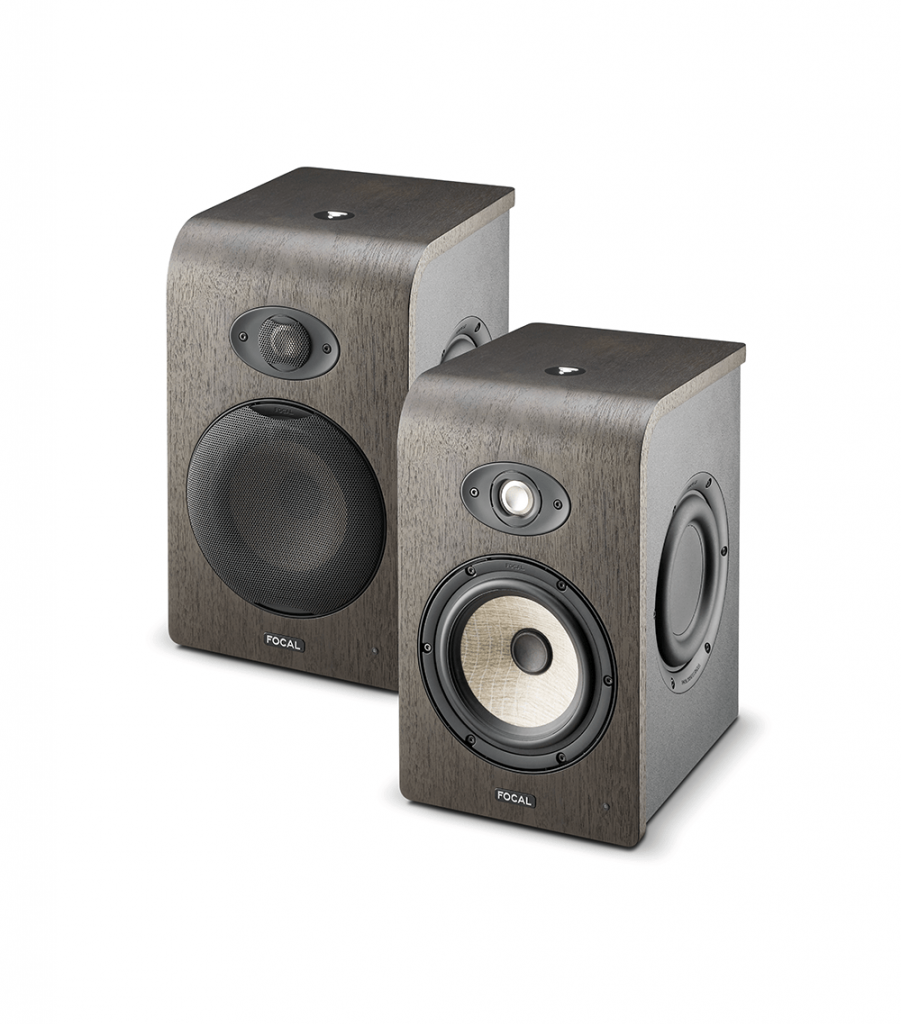
Truly great monitors will present you with every single element in your mix and allow you to get in and surgically adjust each component. They will do this in terms of both frequency and stereo position, so a true and wide delivery of both is key. If your monitors aren’t offering both aspects, then you might not, for example, be able to properly hear guitars and vocals, or two different basslines.
In fact, a good way to hear whether or not your monitors are delivering is to record elements of clashing frequencies. Spread them around and clash them centrally, then listen carefully. If you then play the same sounds on a more expensive system, any differences will tell you if you need to upgrade.
3. You’re upsizing
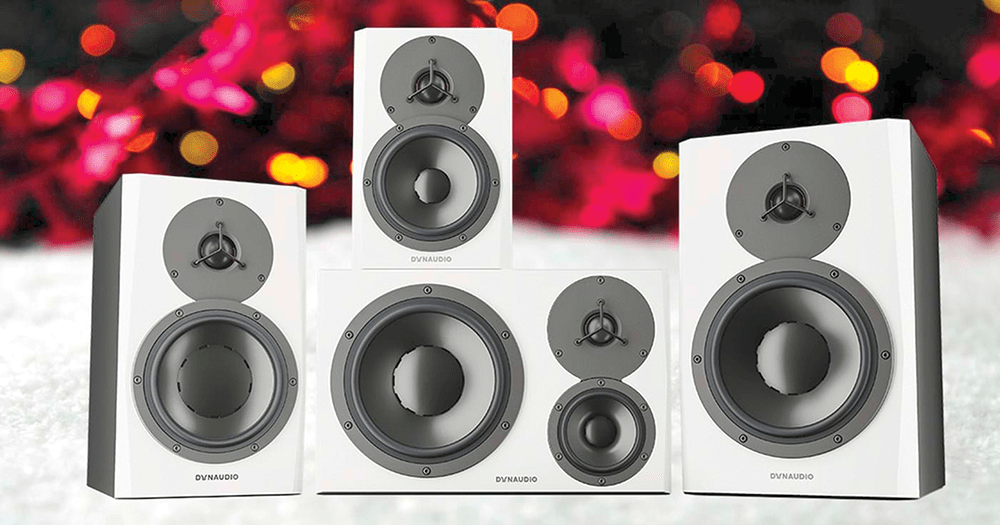
Getting a bigger room for your studio? You might not be able to get away with those smaller monitors any more, as they may lack the ‘oomph’ to fill a larger space. Companies tend to release monitors in ranges these days for a very good reason. The larger the monitor, the more power you get: the more power you get, the bigger the room you can fill. So, unless you want to be a nearfield mixer – and there’s nothing wrong with that – you may need that extra power from a larger model.
4. You’ve lost the mids
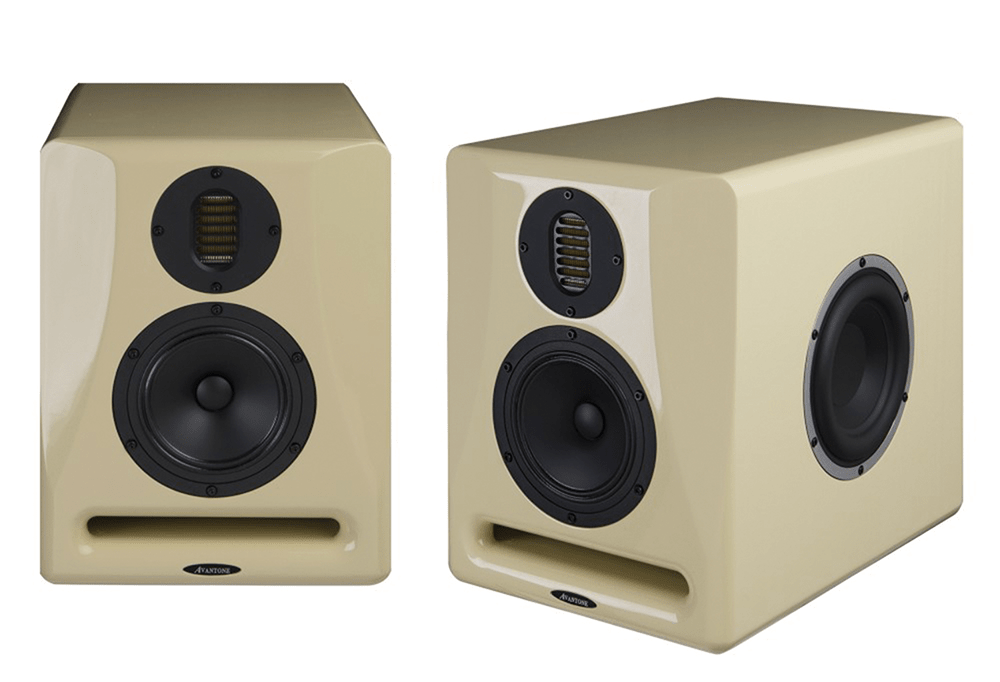
Two-way monitors can be great, but three-way ones will often glue your basses and trebles together and will usually offer you a much more joined-up picture of your mix. Good three-way monitors have also dropped in price recently, so consider a third way if your mids are missing.
5. You’re too passive
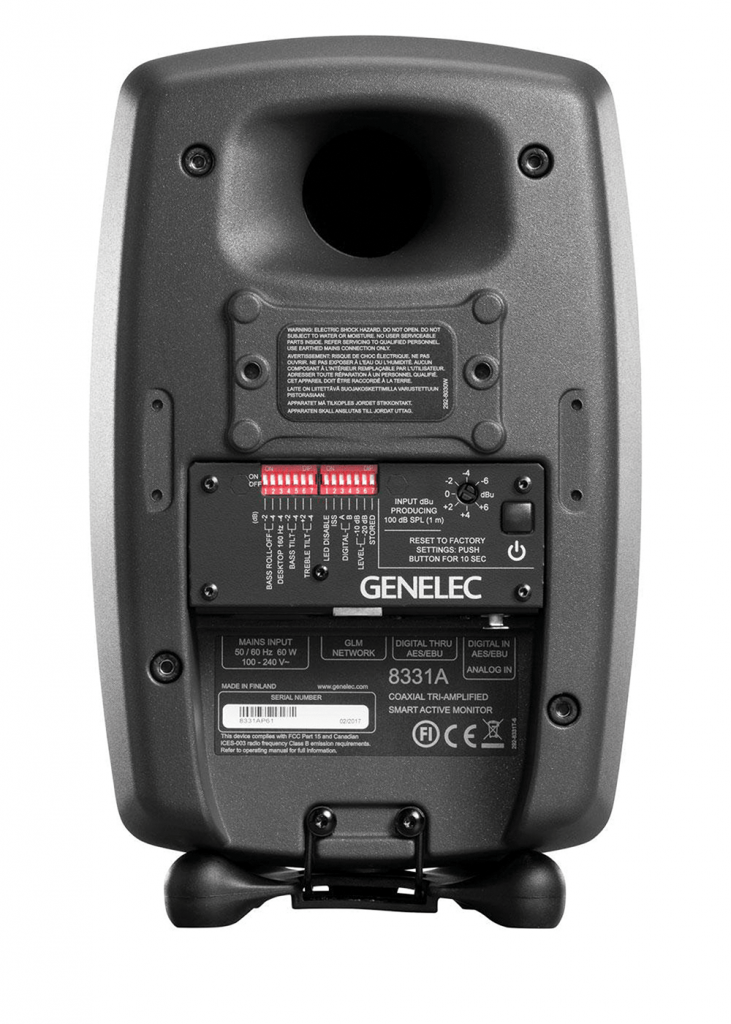
We don’t write off passive monitors completely here at MusicTech, but unless you have an amp completely matched to your speakers – which active monitors have – then you probably won’t be getting an accurate picture of your mixes. Many newcomers to music production will be using passive hi-fi monitors, probably with a separate amp, but you’d be amazed at the difference an active studio monitor will make. They’re ‘more hi-fi than hi-fi’.
6. You’re just tempted… and why not?
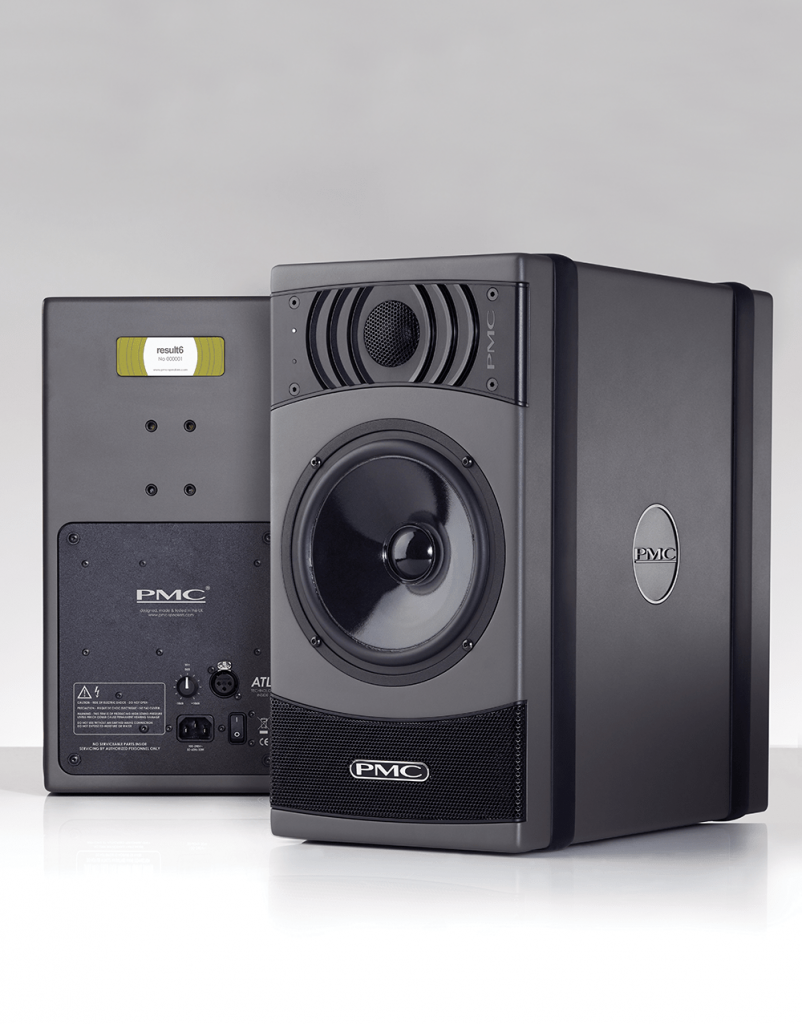
Don’t feel bad if you’re simply tempted to upgrade your monitors by the reviews in these pages, because the truth is, as with hardware synths, we’re going through a boom time with studio monitoring.
There are so many great models out there and so much technology – from self-adjusting monitors to models that deliver a true frequency response, even from a small cabinet – that it’s a great time to upgrade, especially as what you get for your cash is so much better than it was a decade ago.
So if you’re tempted by our recent favourites from Genelec, PMC, Dynaudio, Focal et al, then give them a go, but not before you read our guide to buying monitors in these pages next month…